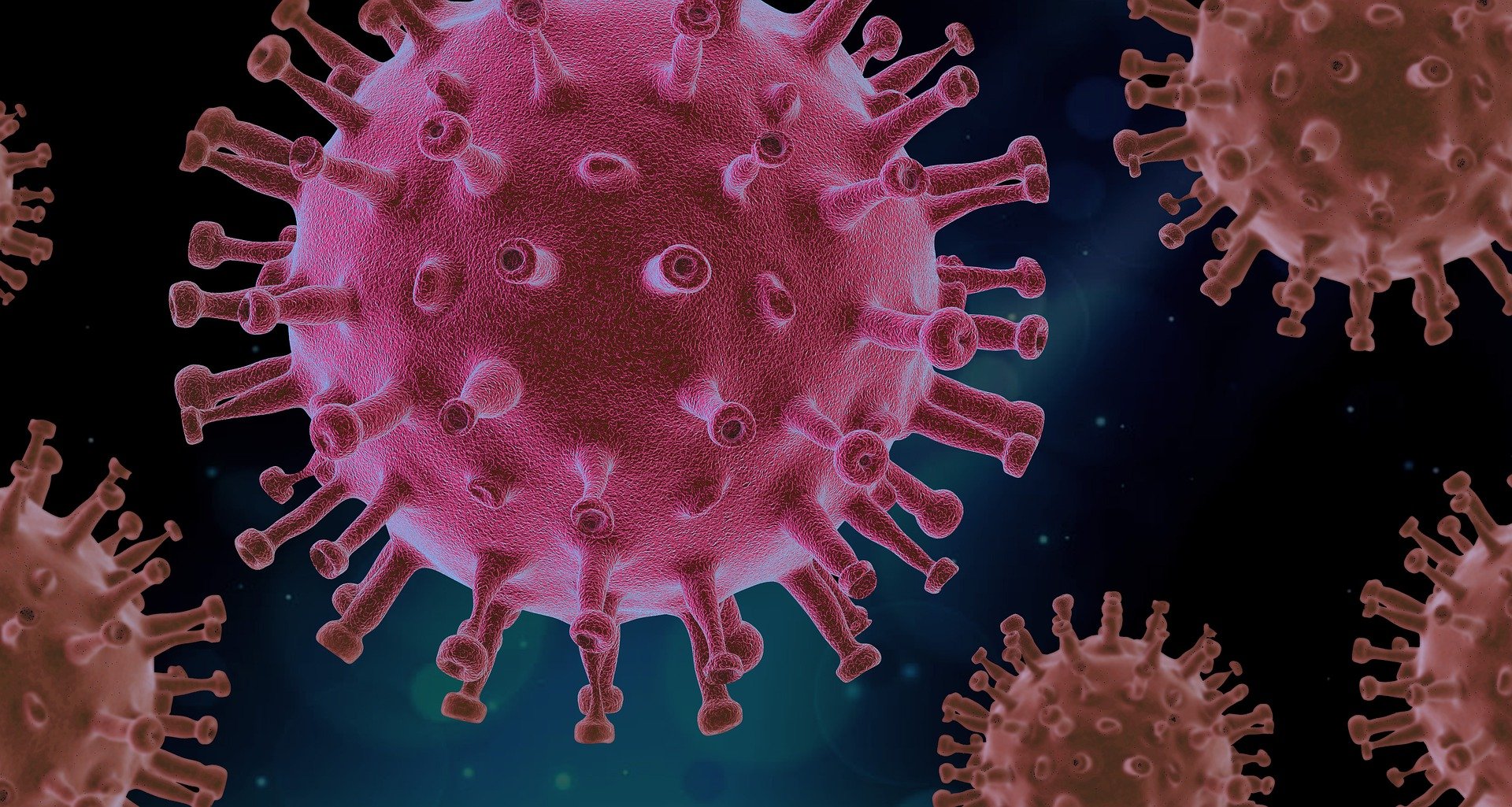COVID-19 – Our Expert Separates Fact From Fiction

COVID-19 is a new strain of Coronavirus which has swept the globe and changed the way we live. But what exactly IS a virus and what can we do to slow the spread? Dr Neil Pickles, an Associate Dean of our faculty of art, science and technology at WGU, is here to explain.
Viruses
I’ve been involved in microbiology research for many years and teach on the BSc Forensic Science programme, where students learn about viruses as part of the cell biology module. In our MSc Biomedical Science programme, students explore the research regarding viruses and other microbes. We're also developing new BSc Biochemistry and BSc Biomedical Science programmes, where we will explore this area of science in more depth.
Viruses have affected human populations throughout history, and many such as HIV, Ebola and Influenza cause significant health problems. Of course, the current coronavirus pandemic is changing everything about our lives.
The research in this area is constantly changing and new tests and treatments are being developed, including vaccine production. There is a lot of different information online about coronavirus and infectious disease in general. It is not surprising that the public are confused regarding the science behind viruses. Being able to separate fact from fiction is important, so what are the basic facts?
What is a virus?
Viruses are very small and simple structures. They contain genetic material (DNA or RNA) that is surrounded by an ‘envelope’ of protein and lipids (fat) and sometimes other structures. They are much smaller than your cells and even bacteria. They are typically between 20 and 300 nanometres. If the full stop at the end of this sentence was made of even the largest viruses, there would be at least 1 million of them. Although there is much debate regarding this, it is difficult to say that viruses are living, because they lack the fundamental property of being able to replicate.
How do viruses survive?
As they can’t replicate, viruses are able to inject their genetic material into host cells, such as bacteria, or the cells lining your nose and other areas. They use the machinery of cells to replicate their genetic material and produce more viruses. The symptoms that occur to the host are often due to the response of the immune system. The virus needs healthy hosts so they can keep replicating. However, they can cause host cells to die and symptoms such as coughing, sneezing and vomiting can help viruses spread to other individuals.
There has been much discussion in the media about viruses being able to ‘live’ on surfaces such as door handles and this allowing them to spread. It would be more accurate to say that they can survive in an inactive form on surfaces (although not for long) and when transmitted to a new host, they can become active and invade cells.
What about Coronaviruses?
Coronaviruses are a group that are named because of the crown like protein structures that project from the surface of the virus. They are an RNA virus, due to the genetic material at the centre of the virus. The current pandemic of coronavirus disease (COVID-19) is caused by severe acute respiratory syndrome coronavirus 2 (SARS-Cov-2). Viruses often mutate and new strains can form. This virus was initially confined to other species, but late last year was found to have spread to humans, and so is known as a zoonotic disease.
Why is there so much debate about how to slow the spread of the pandemic?
Many clinicians, scientists and mathematicians are working hard to limit the effect of this virus, and they are looking at how to control the spread and develop preventative treatments such as vaccines. Vaccines take time, but slowing the spread is something we can do now. The reason for debate is that there are many complex factors involved regarding the biological nature of the virus, epidemiology and other factors such as human psychology, politics and economics.
What can everyone do to help?
As with any infectious disease throughout history, good hygiene is a powerful tool. Washing your hands properly is remarkably effective. The envelope that protects the coronavirus viral genome is lipid-based, and that is why soap and water is so effective in destroying the virus, due to the action of the detergent on the lipid envelope. The same is true for hand-gels containing more than 60% alcohol, which disrupts the lipid structure.
It is people who are spreading the virus. If we distance ourselves from others, then it becomes difficult for it to spread. So keep your distance and follow official guidelines. One way to think about this is to assume that we already have the virus, so we need to stay away to protect others.